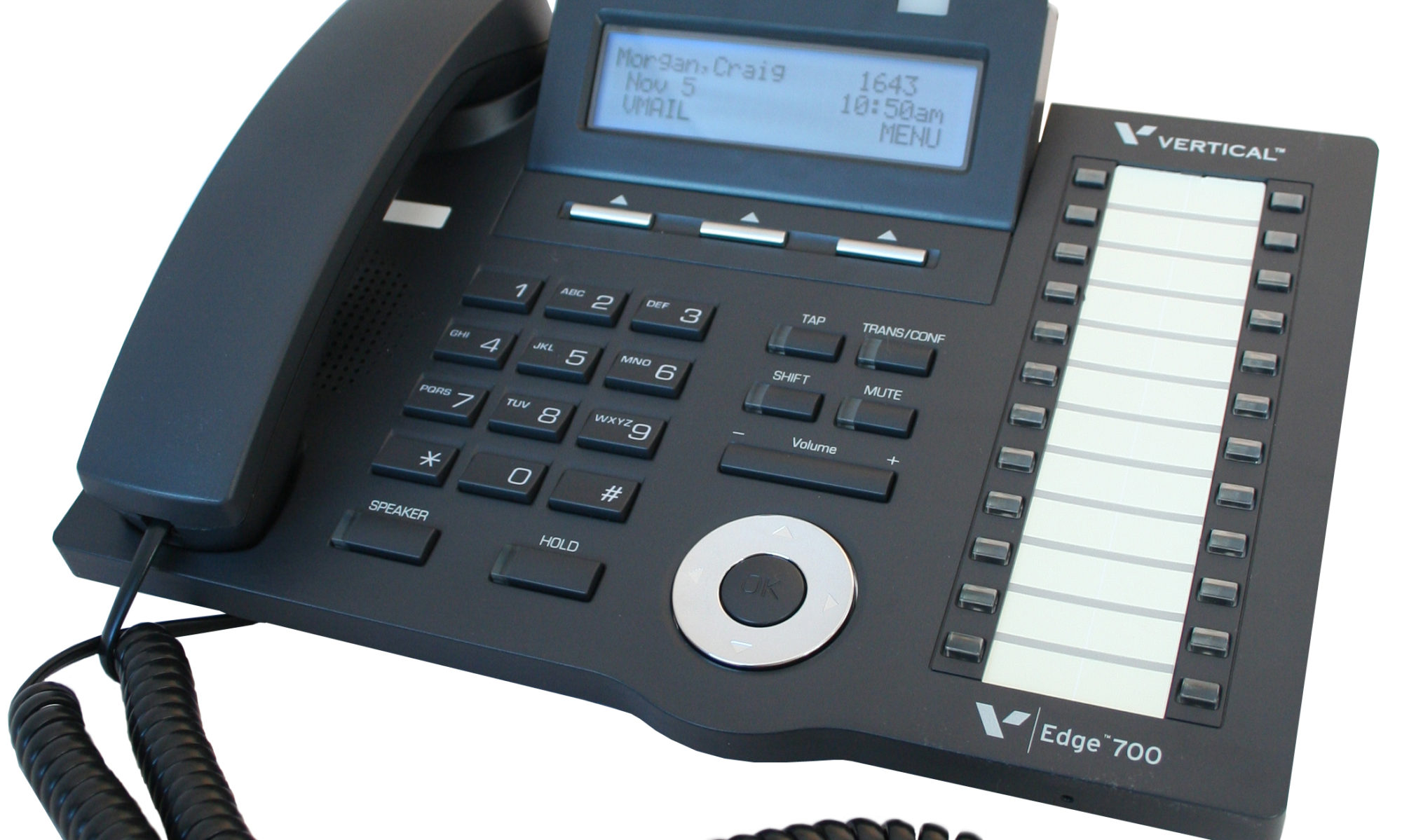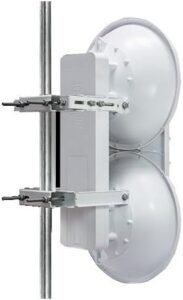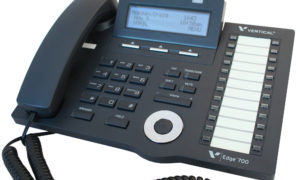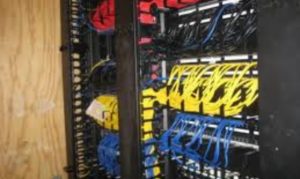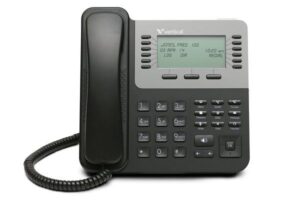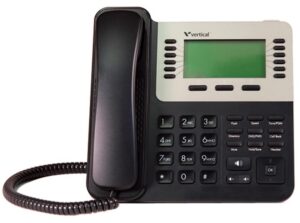CCTV Camera Systems Introduction:
In today’s fast-paced business environment, ensuring the safety and security of both employees and customers is a top priority for businesses. One effective tool that plays a crucial role in this regard is the Closed-Circuit Television (CCTV) camera system. These surveillance systems not only deter potential criminals but also serve as valuable evidence in case of any incidents. In this blog, we will explore the importance of CCTV camera systems in mitigating liability from both employees and customers. By adopting advanced CCTV solutions, businesses can create a secure environment, reduce risks, and protect themselves from potential legal consequences.
Section 1: The Need for Comprehensive Security
1.1 Ensuring Safety in the Workplace Creating a safe work environment is essential for the well-being and productivity of employees. CCTV camera systems provide continuous monitoring, helping prevent accidents and enhancing employee security.
1.2 Protecting Customers and Visitors For businesses that serve customers on-site, ensuring their safety is of utmost importance. CCTV systems reassure customers and act as a deterrent against potential threats, enhancing overall customer experience.
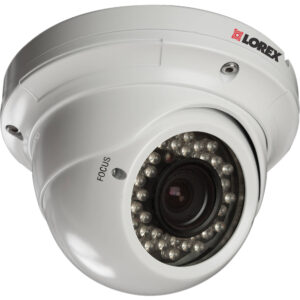
1.3 Legal and Regulatory Compliance Various industries have specific security requirements to comply with legal regulations. Implementing CCTV camera systems helps businesses meet these standards and safeguard against potential liabilities.
Section 2: CCTV Camera Systems for Employee Liability Mitigation
2.1 Workplace Incidents and Claims Workplace accidents or disputes between employees can lead to costly legal battles. CCTV footage can provide clear evidence to resolve disputes and assess liability in such situations.
2.2 Preventing Employee Misconduct CCTV cameras discourage inappropriate behavior and help maintain a professional work atmosphere. This not only reduces the risk of conflicts but also promotes a sense of accountability among employees.
2.3 Monitoring Productivity and Performance CCTV systems can assist in evaluating employee performance and identifying areas for improvement, enhancing overall productivity.
2.4 Reducing False Claims In situations where employees might make false claims against the company, CCTV footage can serve as reliable evidence to refute such allegations.
Section 3: CCTV Camera Systems for Customer Liability Mitigation
3.1 Preventing Theft and Vandalism Visible CCTV cameras act as a powerful deterrent against theft and vandalism, protecting both the business’s assets and its customers.
3.2 Assisting in Dispute Resolution In case of customer disputes or complaints, CCTV footage can provide an accurate account of events, enabling businesses to resolve issues and avoid legal disputes.
3.3 Ensuring Safety in Public Spaces For businesses operating in public areas, such as retail stores, restaurants, and hotels, CCTV cameras enhance customer safety and reduce the risk of potential accidents or criminal activities.
3.4 Enhancing Customer Trust and Loyalty Visible CCTV camera systems reassure customers of the business’s commitment to their safety, fostering trust and loyalty towards the brand.
Section 4: Selecting the Right CCTV Camera System
4.1 Assessing Business Needs Determine the specific security requirements of the business, considering factors such as the size of the premises, the level of monitoring required, and the budget.
4.2 Camera Placement and Coverage Strategically position cameras to cover critical areas such as entrances, exits, cash registers, and parking lots. Ensure sufficient coverage without invading anyone’s privacy.
4.3 Advanced Features and Integration Consider CCTV systems with advanced features like high-definition resolution, night vision, motion detection, and remote monitoring capabilities for enhanced security.
4.4 Data Storage and Privacy Compliance Choose a system that offers adequate data storage capacity and complies with privacy regulations to safeguard customer and employee privacy.
Section 5: The Positive Impact of CCTV Camera Systems
5.1 Enhanced Incident Response CCTV footage aids in immediate response to incidents, enabling authorities to take appropriate actions swiftly.
5.2 Reduced Insurance Premiums Insurance providers often offer reduced premiums to businesses equipped with CCTV systems, recognizing their proactive approach to security.
5.3 Improved Overall Security The presence of CCTV cameras discourages criminal activities, ensuring a safer environment for both employees and customers.
Conclusion :
CCTV camera systems play a pivotal role in mitigating liability from both employees and customers, providing businesses with invaluable protection. By actively investing in comprehensive surveillance solutions, companies can deter potential incidents, resolve disputes effectively, and comply with legal standards. CCTV systems instill a sense of security among employees and customers alike, fostering trust and loyalty towards the business. In the modern world, prioritizing safety through advanced CCTV technology is not just a wise business decision but also a testament to a company’s commitment to the well-being of its stakeholders.
